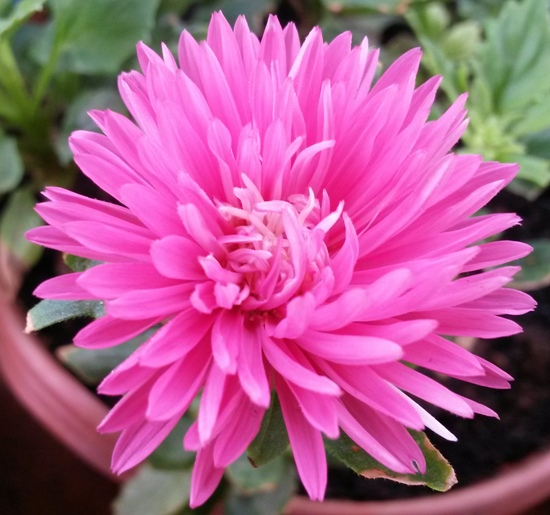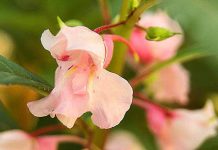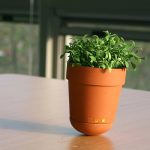Tend to your asters with some essential guidelines, and be rewarded with terrific blooms in a variety of vibrant colors. Planting these magnificent stars (aster is Greek for star) will inspire and light up your fall garden. This Aster flowers also known as Michaelmas daisy produces blue, white, red, purple, pink and lavender flowers. Extending from 8 inches to just about 8 feet, here are some incredibly helpful tips that you need while opting to plant these beauties.
- Set up the seeds in winter. On the off chance that you sow the seeds indoors, it is wise to do so about one to two months prior the normal transplant period.
- Sow the seeds. Place one seed in every seedling compartment. Push the seed into the dirt until it is around 1 inch (2.5 cm) deep.
- Daintily brush soil over the gap made by the seed in the wake of setting it into their respective compartment.
- Note that seed germination has a tendency to be genuinely uneven, so don’t expect most parts of the seeds you sow to develop.
- You can utilize plastic glasses, pots, or other little holders if by chance you don’t have a seedling plate. The holders ought to be 3 to 4 inches (7.6 to 10 cm) deep to aid proper germination.
- Asters have durable stalks that make them great contender for blossom vases and different courses of action. Cut the stem low, check for creepy crawlies stowing away in the flowers, on the stem and under the leaves. Bring them inside and place in water quickly, for cutting indoors.
- For different small varieties, utilize a little holder or vase and cut the stem a couple of inches long. Pack up an assortment of hues for an amazing flower arrangement. They look absolutely marvelous and produce a centre sense of accomplishment for all the months of hard labor.
- Asters are to some degree impervious to bugs and diseases. On the off chance that creepy crawly or disease issues happen, treat right on time with natural or chemical bug repellents and fungicide.
- Aster plants will develop well in normal soils. However, similar to all plants, they will compensate you with better blossoms and a more beneficial plant if you include plenty of manure in its soil compartment. Additionally, add a general useful fertilizer once per month.
- Include mulch around the plants for appearance and to hold weeds down.
Did you know, Asters attract a lot of butterflies? So it’s high time your beautiful garden will be visited by these touch of beauties.










